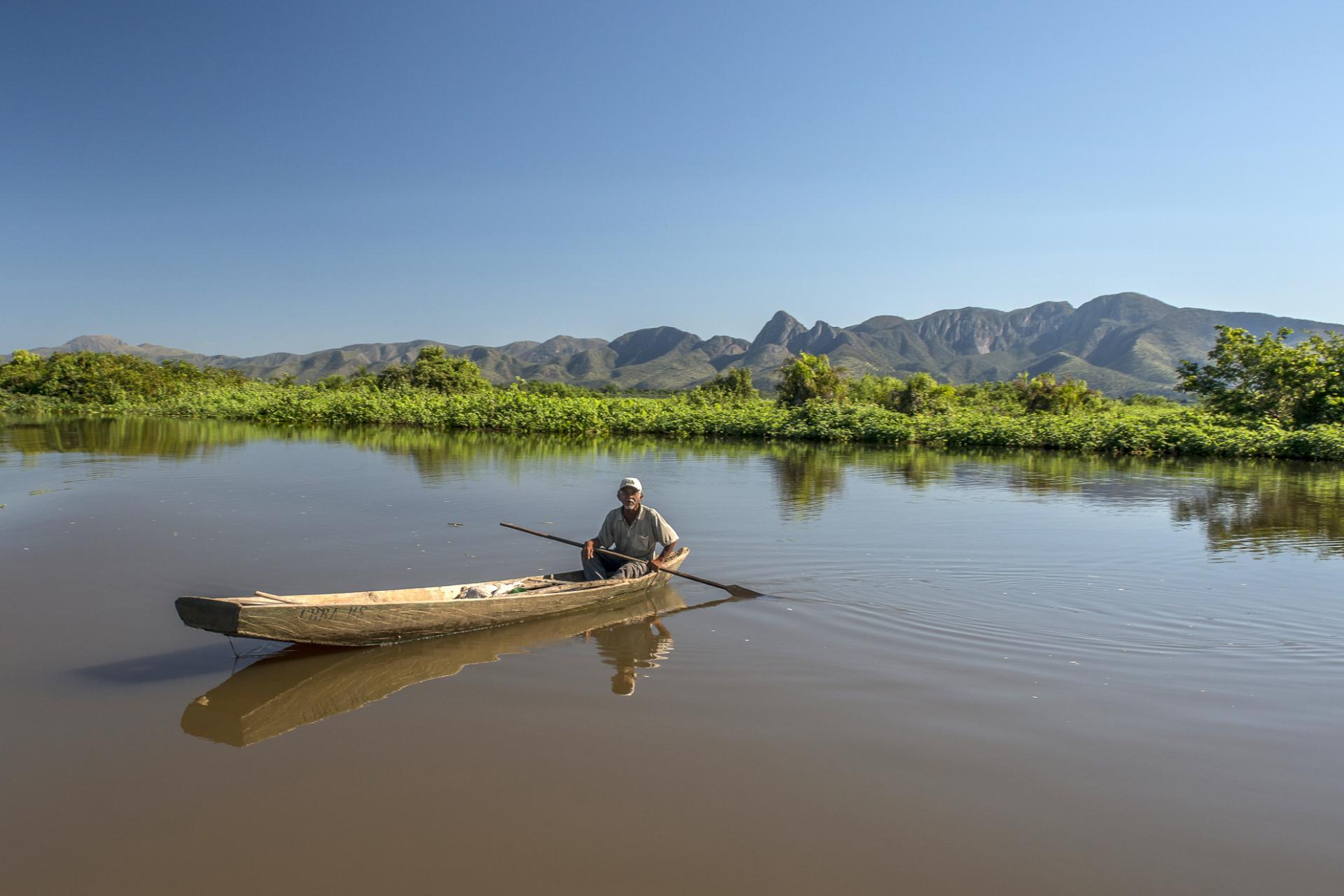The Pantanal: Brazil's Biodiversity

The Pantanal: Pure wildlife, unique biodiversity, one of the largest wetlands in the world and declared a World Heritage Site in 2000. It is one of the most fascinating natural paradises on earth. Whether you are on a round trip, staying in a lodge or renting a car, the Pantanal is always a special highlight of any trip to Brazil. It is not by chance that the Pantanal is high on the list of the most popular regions of Brazil.
The approximately 89 square miles (230,000 square kilometers) of large flooded terrain extends across what would cover an area the size of Washington State. It's located in the states of Mato Grosso and Mato Grosso do Sul as well as in Paraguay and Bolivia. However, the biggest part of the Pantanal is located in Brazil. The name is derived from Portuguese meaning "swamp area," which is so flat that when there are torrential thunderstorms the water hardly runs off. Therefore, the area can be underwater for up to six months per year. Since the ground absorbs the water almost like a sponge, flooding is often prevented after heavy rainfall.
Into the Wild
The winter months from May to September are the best time to travel. Temperatures are quite pleasant and there is ample opportunity to see wildlife. From November to April, during the rainy season, many areas are flooded and impassable. Heavy mosquito activity must also be expected.
The Pantanal is now well developed for a swamp area. From guided hikes to all-inclusive offers, you can do a lot here. But where is the best place to start the tour? One can explore the Pantanal either from the south or from the north. The starting point for tours alongside the Estrada Parque is in Campo Grande to the south. To the north, Cuiabá is suitable for tours along the Transpantaneira.
Red earth, dust and moguls are unmistakable features of Estrada Parque. It leads from Campo Grande to Corumbá and is impressive with its fascinating flora and fauna. You can observe toucans, caimans, capybaras and anteaters while driving. Other highlights include the endless carpets of flowers on the marshy water surface, which can be admired between April and September.
The Transpantaneira leads through the middle of the Pantanal. This easy-access road is mainly used by the owners of the fazendas and individual tourists. The drive alone to a lodge becomes quite an experience. With a little luck, travelers encounter swamp deer, giant otters, tapirs and other wild animals on their drive.
A Unique Richness of Species
In the Pantanal, you will find unique and breathtaking flora and fauna: about 120 species of mammals, 100 species of reptiles, 60 species of amphibians, more than 650 species of birds, 240 species of fish and over 1,700 different species of plants. Such a great variety of species offers excellent opportunities for wildlife observation. One of the most popular specimens for observation is definitely the jaguar. Especially in the dry season, when water levels are low, this popular wild cat likes to sunbathe on the riverbank. Also keep an eye out for caimans, Pantanal deer, capybaras and giant otters in large numbers. With a bit of luck, you can also observe snakes such as anacondas. Moreover, the birdlife leaves nothing to be desired. They range from the small hummingbird to the larger water birds such as storks and herons. The Pantanal is also home to the world's largest population of blue hyacinth macaws.
Are you curious about which animals you might encounter during your discovery tour in the Pantanal? Plan your trip to Brazil with our help now!
Sources: www.lonelyplanet.de, www.wikivoyage.org, www.wwf.de

